Alfredo Rodrigues Duarte was born in a house on Travessa de Santa Quitéria, in São Bento, on February 29, 1892 — an unusual date that only happens every four years. Therefore, his mother officially registered the birth as having occurred on the 25th of that month, the birthday of his father, who was a master of cutting and had a small shoe shop on Rua de São Bento.
It was with his mother that he learned to sing, as a child, during the “disshirted” corn farming in Cadaval, where his family originated, having migrated to Lisbon shortly before his birth. He then began to participate in the street «cegadas», carnival parades where the public saw him for the first time in 1908, at the age of 17, dressed as a woman, in a pantomime inspired by the viewing of the silent film A Morte do Duque de Guise. Despite being one of many participants in that parade (rehearsed in the courtyard of Vila Maia, next to Rua Domingos Sequeira), his voice was immediately noticed.
He would have liked to have studied music, a vocation that the family also cherished. But in 1906, aged 14, he was left without a father and had to learn a trade. At that time, the family lived in Vila Mendonça, Rua de Santo Amaro, in Estrela, since the first house had been demolished to make way for the widening of Avenida Pedro Alvares Cabral. In 1909, they had moved to the current Rua Silva Carvalho, in Campo de Ourique, at that time called Rua de São Luís. He began by being an apprentice bookbinder at Paulino Ferreira’s workshop — apparently just to feel close to the fado singer Júlio Janota, who worked there. But as this art kept him busy until nine o’clock at night — leaving him little time to participate in the «blizzards» — he changed his trade and became a carpenter.
He said that his first job in this field was a wooden cross to place on the tomb of the fado singer Manuel Rego, who worked as head of minor personnel at the Ministry of Subsistence and to whom he owed the first two letters written on purpose for him. With two friends, he later rented a house to set up his workshop and it was there that he dedicated himself to learning the secrets of the profession, building beds, wardrobes and other pieces of furniture.
He participated in the construction of four warships when he worked at the Rocha do Conde de Óbidos shipyards. He would recall his first steps as an artist in Lisbon at the beginning of the century a few years later, in an interview: «After Carnival, the time of the blinds gave way to the dances. In each neighborhood there was one, with a buffet and “cavalinho” (musical sets with a minimum of five figures). If there were more musicians, the dance would already be expensive… In the intervals, the dancers – two boys and two girls, or four girls – danced to the sound of songs that nobody knew who had written.
At a certain point they said “Boys, let’s go to Fado”, and people would sing, leaning against a ditch. I started singing with the boys of my time. Players: Aires dos Fadinhos, António da Mina, Júlio Correia, José Marques, Armando Machado, José Graça and Júlio Proença. we were going to Jardim da Parada. Then the Charity Festivities began and, as we didn’t know the poets, we took cans from the kiosk, which cost a penny.
We also took advantage of the verses that Voz do Operário published weekly, and those from the newspapers A Alma do Fado, A Guitarra de Portugal and A Canção do Sul, the latter founded by Carlos Harrington and Linhares Barbosa.» He would also visit the gas-lit “cafés de camareiras”, in Rua dos Mastros, in Alcântara, in Mouraria and in Bairro Alto; here, in Maria da Luz’s café, he was accompanied on the piano by a blind musician known as «O Ceguinho da Luz». He also stopped at Catorze do Rato, a gambling house that the owner ended up transforming into a fado house, where Alfredo Marceneiro sang accompanied by piano, mandolin and guitar. It was there that he met the popular poet Manuel Soares, who ended up offering him two lyrics for fado. «I, until then, only sang for girls and boys my age.
Because Manuel Soares, from Inten-ente, listened to me and gave me two of his lyrics. Later, Joaquim Câmara — also a famous singer — took me to Carioca da Trindade, a tavern owned by a man named Silva and where fado was sung. There I met Manuel Rego, who started writing lyrics for me.” It was also at Catorze do Rato, and in the cafés of Rua da Atalaia, that he gained fame by becoming the first fado singer to sing standing up, «so they could see me well», and behind the guitarists, usually in situations of straying or challenging. between singers that, many times, generated conflicts between the audience — «we singers, we stayed calm, as the types of wrestling do today». But it was only in the early 1920s that he began to be known with the nickname «Marceneiro», when he was presented as such on the poster of a party organized by Manuel Soares, Alfredo Correeiro and José Bacalhau. Until then, many of his acquaintances — such as the guitarist José Marques, who usually accompanied him — called him “Alfredo Lulu” because he “always looked all classy”, in his clothes and in his gait. One of its first features of distinction was the bow, later replaced by a silk scarf around the neck, with a wide knot. However, he normally sang in exchange for food and drink, to which the admirers added at the end of the night an envelope with a sum collected between all, which was variable.
After Manuel Rego and Manuel Soares, there were many popular poets in Lisbon who wrote songs for the voice of Alfredo Marceneiro, including, among others, the names of Manuel Rego, Henrique Rego, Fernando Teles, Avelino de Sousa, Francisco Viana, Silva Tavares, Carlos Conde, Frederico de Brito, António Amargo, Custódio Cutileiro (founder of the Bullring in Almada) and Linhares Barbosa. In order for the fado singers to earn their living, an explicit convention between all led them to sing only one or two nights a week. In a time when copyrights did not exist — «Each one sang their repertoire and nothing else» — Alfredo Marceneiro was, with Armandinho, one of the founding artists of the Society of Portuguese Theater Writers and Composers, in 1927.
Only in 1924 — the year in which he participated in a Fado Festival organized by the poet António Botto, at Teatro São Luís — did his first contract to sing appear, at Chiado Terrasse, where he spent two months accompanied by Júlio Correia and Artur Careca. He earned forty scudi a night. During the day he worked as a carpenter in Diamantino Tojal’s workshop — in Vila Berta, in Graça — and at the end of the day he performed in Chiado Terrasse, where he stayed until midnight. «At that time, Armandinho (Armando Freire) earned fifty escudos a night to play and they also offered him supper. Armandinho was a genius at playing the guitar. He musiced the style of the singer. Only later did Jaime Santos, Carvalhinho and many others appear. But Armandinho was the greatest. The fadistas of my time created a type of fado that Armandinho set to music. Well, within that musical tune, all the letters in a larger round of seven syllables could fit.»
Afterwards, he was hired for Olímpia, and soon after for Ferro de Engomar, followed by other establishments, such as Luar da Avenida or Solar da Alegria. He was also one of the first fado singers to perform in the theaters and retreats of Parque Mayer — namely at Júlio das Farturas, with Ermelinda Vitória and Renato Varela, where he popularized the theme «Olhos Fatais» and the stray he had with Miúdo da Bica (Fernando Farinha ). In a contest for fado singers organized by the owner of Rosa Branca, an establishment near Rua Morais Soares, he won the medal after spending an hour and twenty minutes on stage to the great delight of the audience.
He made his first phonograph recording in 1929, but the experience did not excite him because he liked to watch the audience while he was singing, in order to analyze their reactions. He wrote several fados that were later performed by others: «I remember you», «Pierrot», «Louco», «Cravo», «Cuf», «Mocita dos Caraçóis», «Olhos Fatais», «Bailarico», « Laranjeira», «A Casa da Mariquinhas», the latter with his own music and lyrics by Silva Tavares.
In 1930 he entered a play written by Avelino de Sousa and staged by businessman Lopo Lauer. Six years later, at Teatro Variedades, he also participated in an operetta entitled História do Fado, whose cast included Beatriz Costa and Vasco Santana. Rarely seen on television, his only film appearance was in the film O Feitiço do Império, with Ribeirinho and António Vilar.
It was he who sponsored and launched well-known names in the fado scene, such as Hermínia Silva and Amália Rodrigues — who began singing with Marceneiro, at Retiro da Severa, in Lisbon, in a cast that included José Porfírio. In 1959, at the age of 67, he obtained reform from the Caixa de Previdência dos Artistas de Variedades and recalled the beginning of the century as the time when «the fado singer sang for pleasure. It didn’t really matter if there was an audience or not. We sang in the streets, serenaded and gathered here and there to sing to the challenge. Most often, we went to parties in private homes, but always without agreeing on prices. Then the typical houses appeared and people began to earn more regularly. I sang in all of them, despite having only received in half a dozen of them, such as Machado, Faia, Luso, Parreirinha, Severa, Viela, and little else…».
In fact, he never changed his trade as a carpenter for that of an artist. His first stereophonic album was released only in 1961, a collection «with the best of national music» and entitled The Fabulous Marceneiro. On May 25, 1963, a tribute party entitled «Madrugada do Fado» was held at the Teatro São Luís, starting at midnight and organized by businessman Vasco Morgado, announcer Maria Leonor and actor Raul Solnado. . A mythical figure in Lisbon, Ti Alfredo, as he was known by fado singers and friends, would not abandon any of his activities after obtaining his retirement.
In fado, as an expert author and performer of the four genres of popular Lisbon song (“Fado Bacalhau”, “Fado Corrido”, “Fado Menor” and “Fado Mouraria”), he was one of the greatest exponents of all time, without ever having left from the country, and rarely from Lisbon: «My name is Alfredo, but Duarte / I am the Carpenter for everyone / This nickname for me, which is worth little / Of my honesty is a strong indication / I am a carpenter, yes, because I work / Carpenter in fado and craft.»
His last ascent to the stage took place on June 24, 1980, when he received the Gold Medal of the City of Lisbon from the hands of the then mayor, Krus Abecasis — curiously, once again at Teatro São Luís. That same year he was a prominent figure in the Festas de Lisboa, when the Bairro Alto march was dedicated to him. But at the age of ninety, he was still a figure of the Lisbon nightlife, whose typical houses he would visit until the wee hours of the morning.
He was rarely seen during the day and was proud that, at that age, his hair remained black, without the need to dye it. About fado, «a revolting and loving song», he liked to say that «This has a technique: the suspensions and stops have to be given according to the author’s thought and not to the taste of improvisation. When saying the verses, there must be an approximation of the interpreter with the lyrics. This is the only way for the audience to experience fado.” In the verses of one of his fados he sang: «With a beautiful expression and a heartfelt voice / I will fulfill my fate in the world / Alfredo Marceneiro for the rest of my life / To sing fado until death.»
He passed away on the morning of June 26, 1982, at the age of 91. The daughter told journalists that Alfredo Marceneiro: «He was never sick, he just suffered from old age.» A famous last sentence by the fado singer, taken from an interview with the Portuguese Illustration, in 1931: «My biggest regret was the gramophone, which came to industrialize fado. What a shame!” In 1989, anticipating the celebration of the centenary of the fado singer’s birth, EMI-Valentim de Carvalho published the double album O Melhor de Alfredo Marceneiro. His grandson, Vítor Duarte, published in 1995 a biography of Alfredo Marceneiro, accompanied by a CD compilation (ed. Ovação).

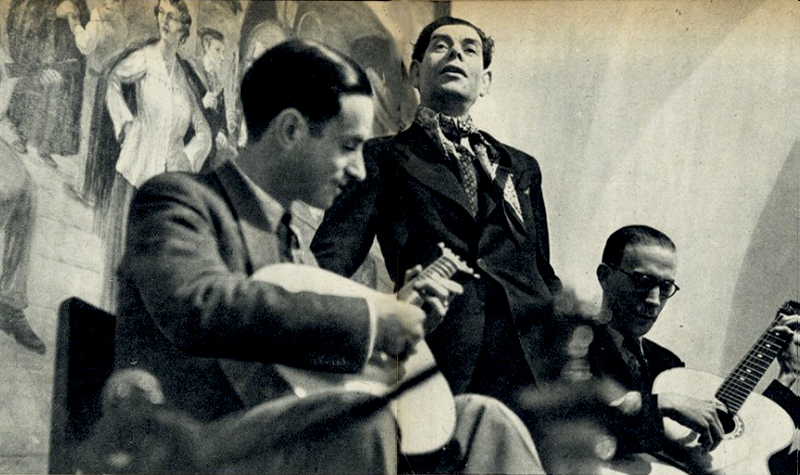

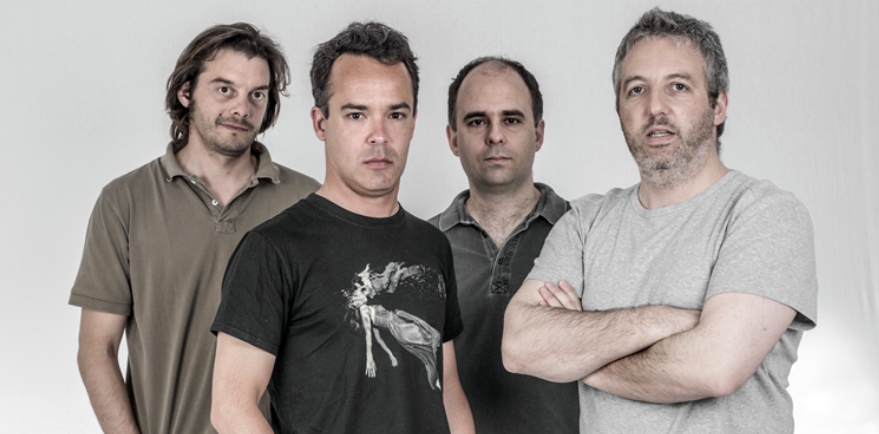
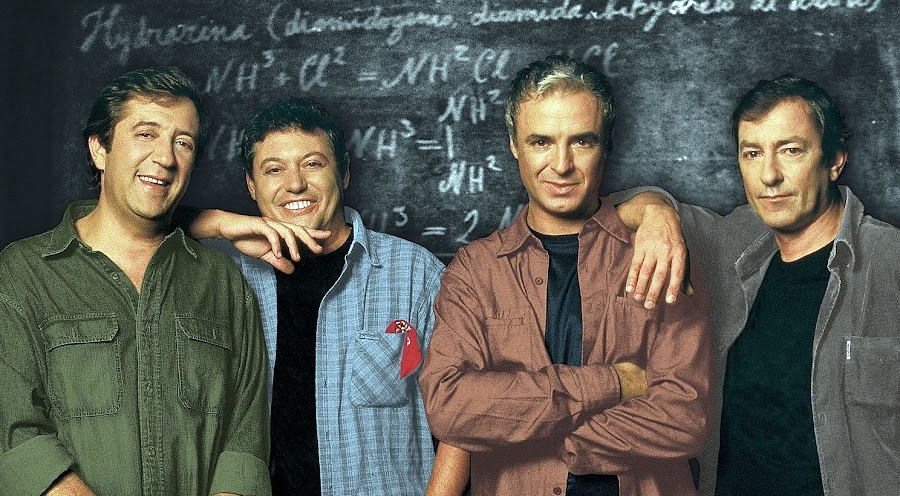

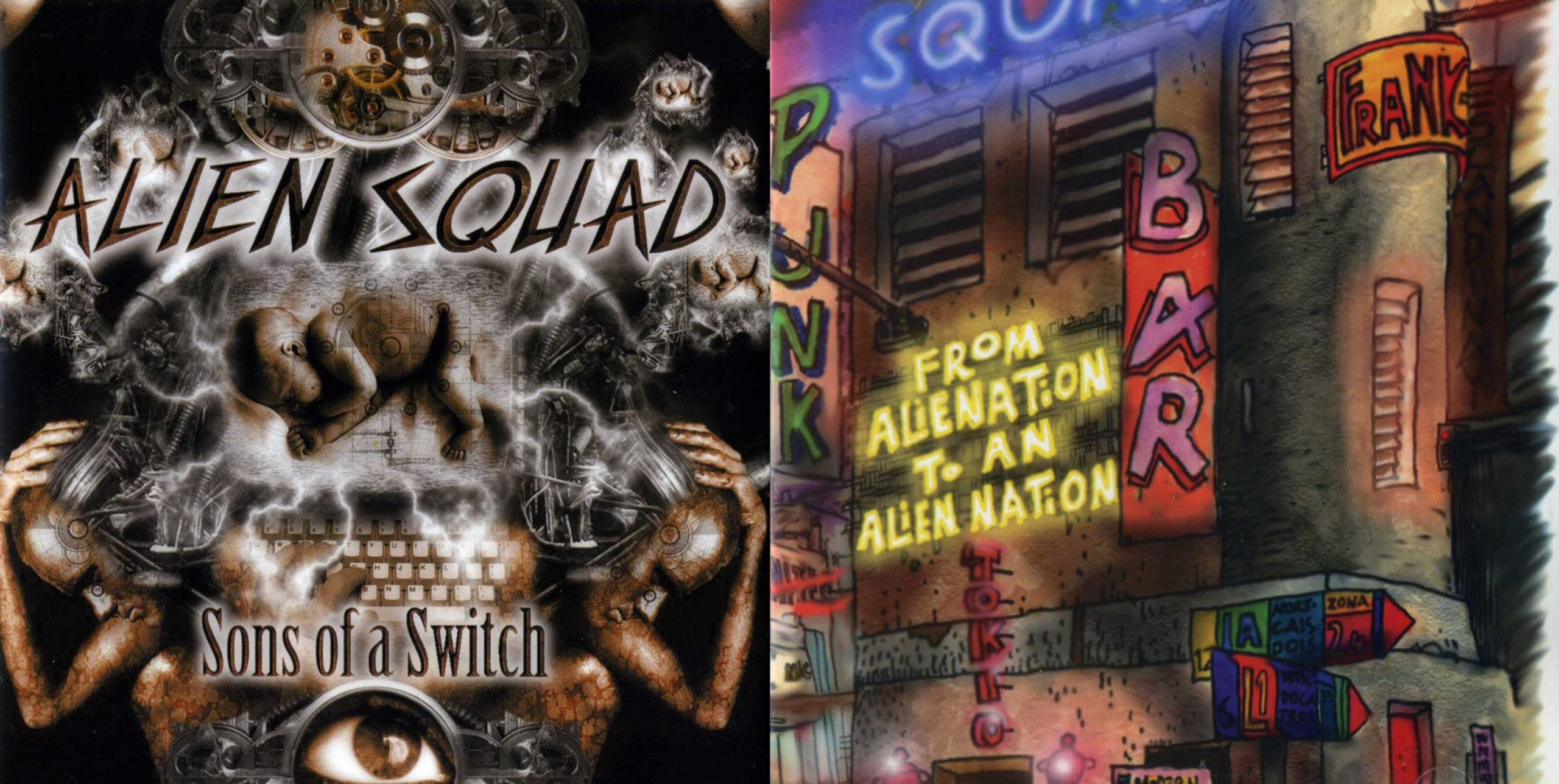
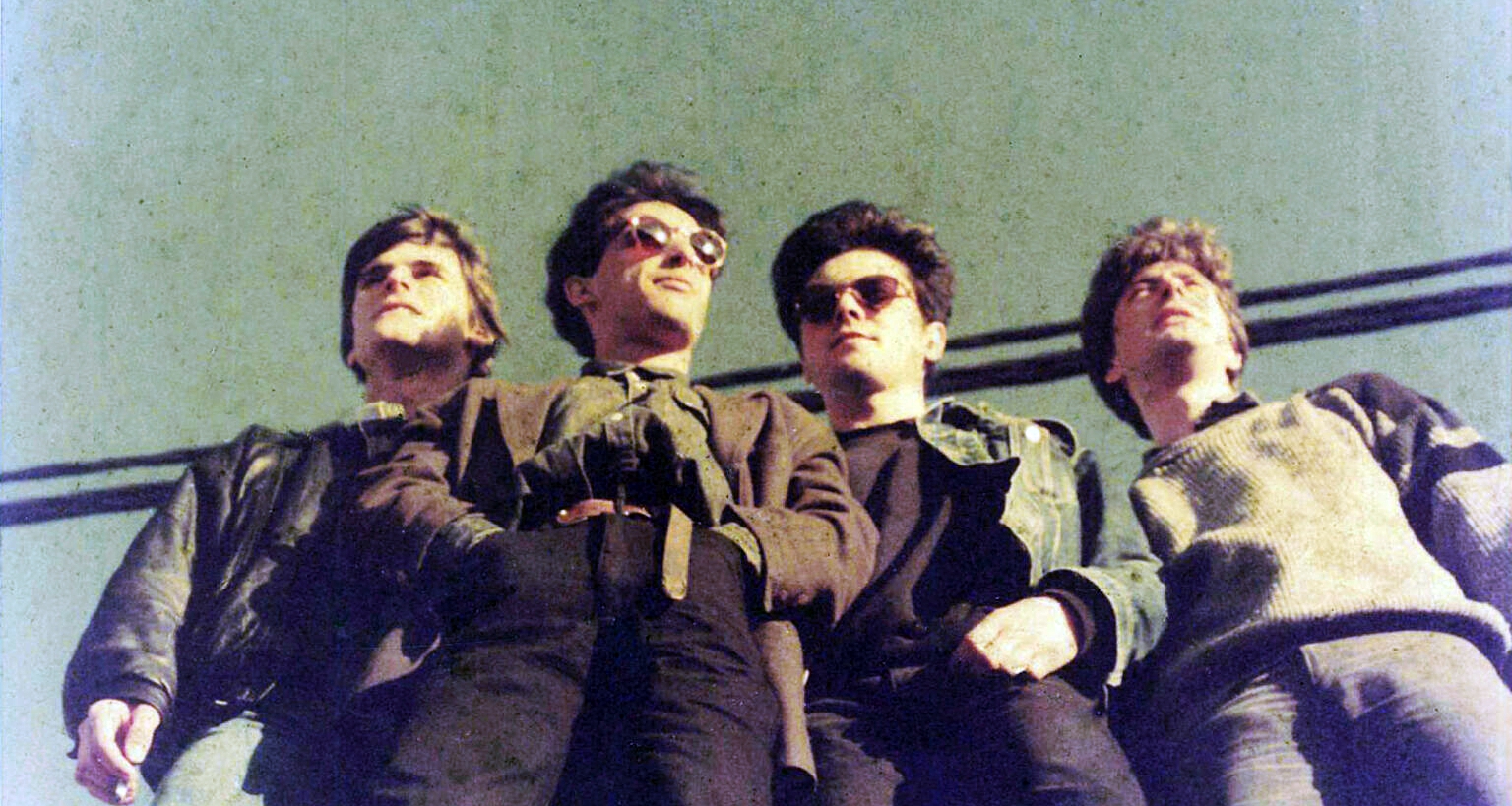




Tenho uma certa inveja de quem pôde assistir o Alfredo ao vivo. Uma obra de arte, voz incomparável. Espetacular.